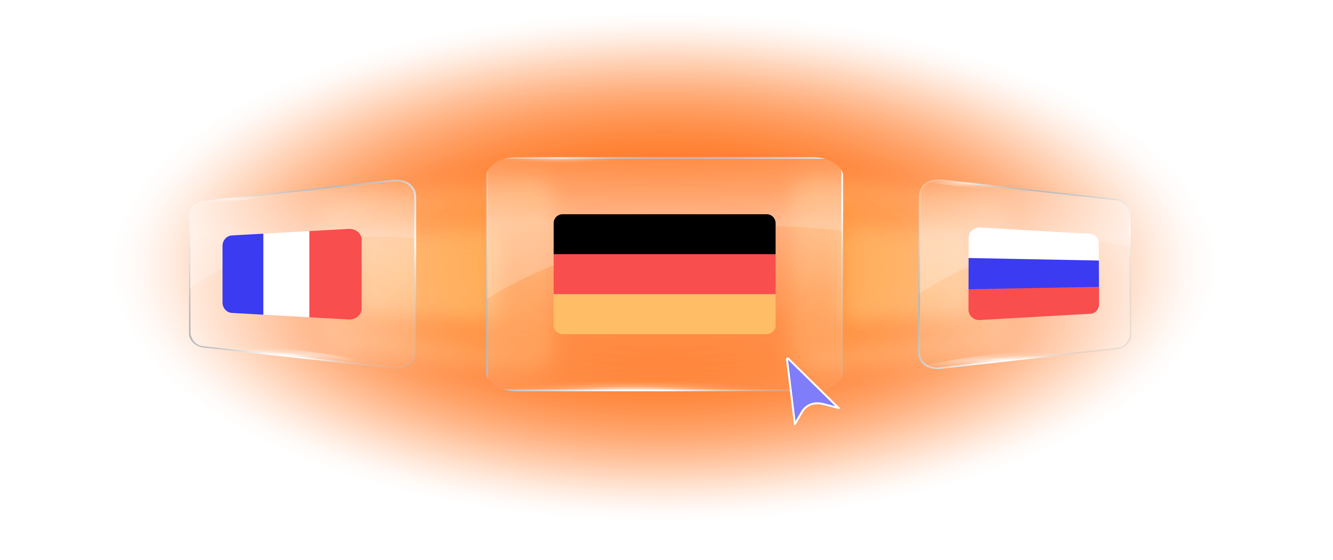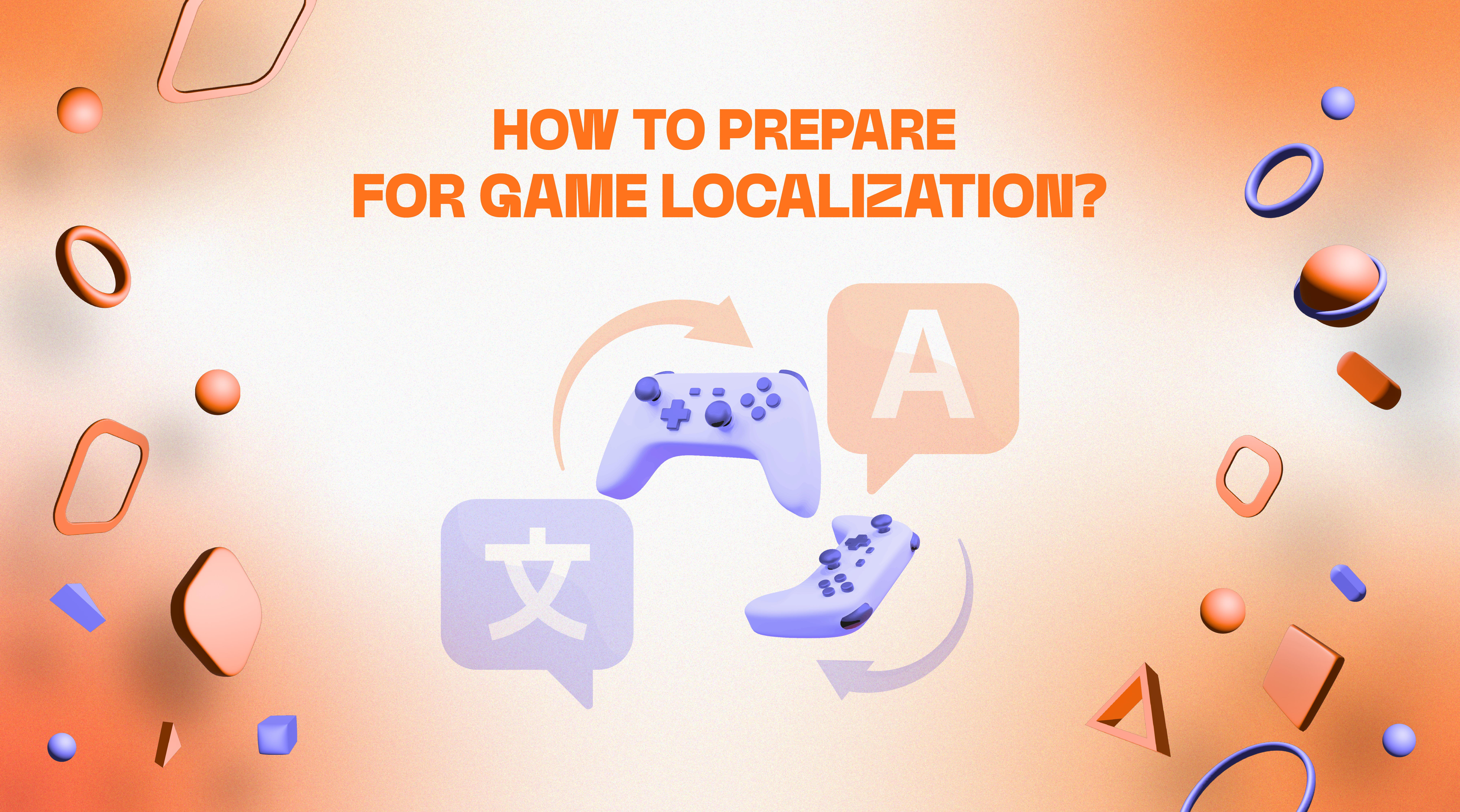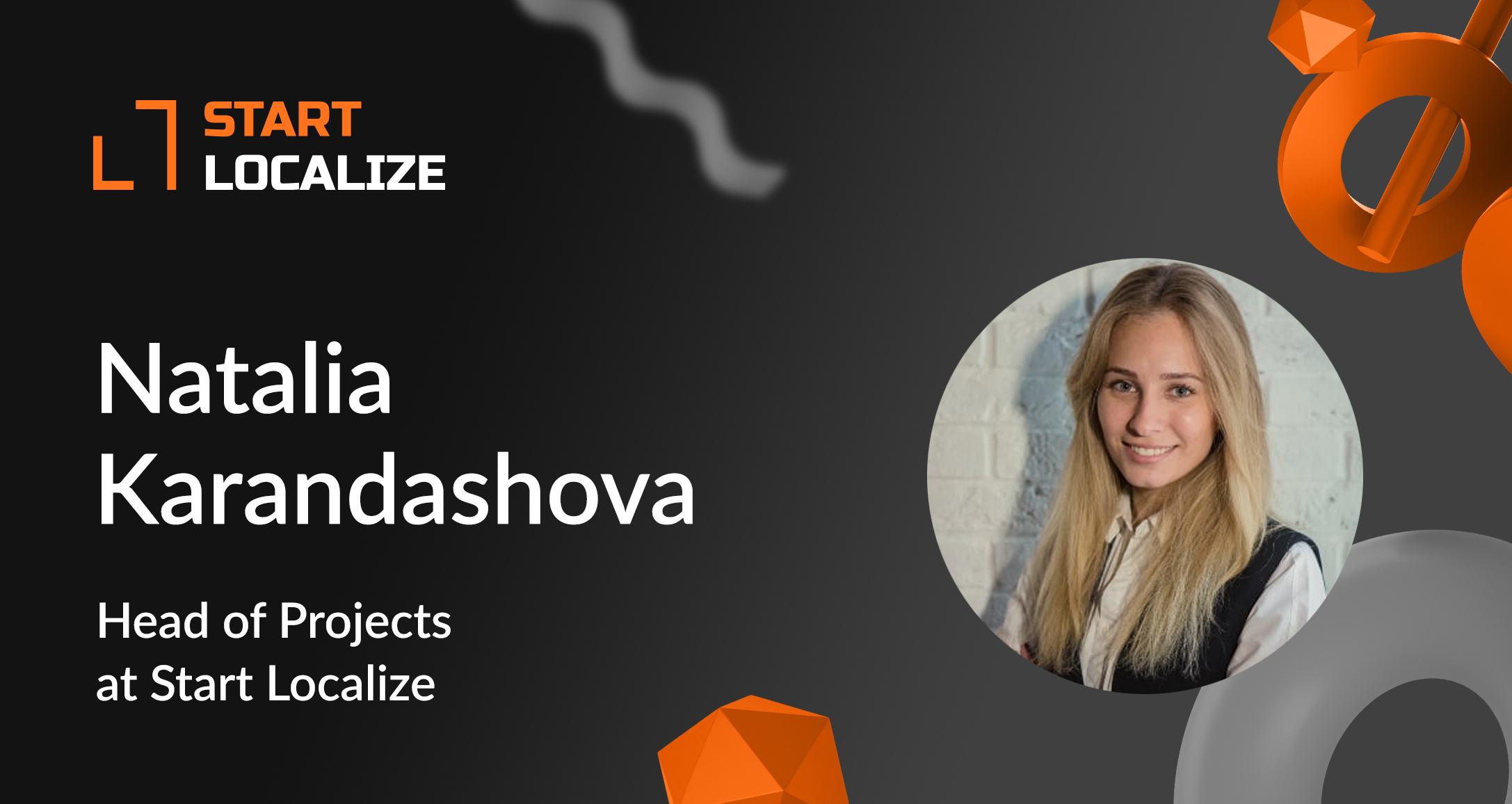1. Determine languages and target countries.
When selecting languages and countries where your product will be rolled out, increase your focus on dialects and varieties of languages that can have significant linguistic differences. The EFIGS languages are the most marketable ones: English, French, Italian, German, and European Spanish. They are followed by Simplified Chinese, Brazilian Portuguese, Russian, Japanese, Korean, and Turkish. Traditional Chinese, Polish, Latin American Spanish, Swedish, Dutch, Arabic, Danish, Norwegian, Finnish, and Indonesian round out the list.
In 2023, 46% of the global revenue from games sales belonged to North America (USD 50 billion) and Europe (USD 33 billion), Newzoo says. The Asia-Pacific region generated another 46% (USD 84 billion), while the Middle East, Africa, and Latin America's revenue totaled less than 9% (about USD 16 billion).
| Newzoo’s Global Games Market Report 2023 |
2. Consider local legislation, culture, and preferences.
In some regions, specific topics are censored, particularly those related to violence. For instance, many video games in China and Germany contain no blood scenes, whereas people are sometimes replaced with robots since "killing" androids is deemed less violent.
| Robots instead of people in the German version of Soldier of Fortune II. | ||
Nazi symbols are another sore point in Germany. Many years ago, the swastika was banned in games meant for the German market, and game artists had to delete it and create new graphics.
As of today, developers have more freedom in terms of these issues since games are deemed a piece of art, in line with books or movies. Yet, we recommend deepening the conversation on censorship when localizing your game for Germany.
3. Build your best localization team.
Localization stands for not just translation but also for holistic cultural and linguistic adaptation of the material. Various specialists—developers, artists, project managers, linguists, voice actors, and marketing experts—should join your team.
4. Deliver materials for linguists.
To leverage the localization process, make sure to provide the following materials:
- Texts to be translated: in-game content (items, tasks, dialogues, interface), marketing materials, store descriptions, and everything for voice acting.
- References: previous translations, images of items and characters, backgrounds, interfaces, descriptions of the universe, plot, and game mechanics.
- Glossary: character names, geographic locations, items, and definitions (weapons, equipment, skills).
- The game itself. If it is in the early development stages with no release version, then screenshots will be helpful.
5. Include string IDs in the localization kit: any information but empty strings will provide relief to linguists.
Separate phrases are translated depending on their location in the interface. The same text in the title and on the button can be translated differently. In this case, a linguist can rely on the ID strings ID_ASSIGN_BUTTON and ID_LEADERS_HEADER.
6. Make a style guide.
An ideal manual of style relates the game genre, target audience, emotions a player should have, tone and intonation of choice, speaking to a player in a formal or informal way, etc.
7. Discuss stylistic concepts.
For instance, are players encouraged to explore secret locations in the open world or pass the quest in a linear manner? The vocabulary and nature of the text stand upon these issues: whether there will be a call to action or not.
8. If the text contains variables ({0}, {link}, %@, %d, %s, etc.), explain which data will be placed there.
If there is only one inflected word, point to a word it agrees with for a linguist to add a generic term before the variable. This will help you avoid a case error.
9. Negotiate technical requirements, text formatting, and other issues that do not follow strict rules (supporting French quotation marks, em dash, non-breaking space, horizontal ellipsis, and the letter "ё" in Russian).
10. Mind localization areas (numbers, dates, and currencies in different languages; capitalization; units of measurement).
In the English language, a tonne means a metric tonne (1,000 kg), while a ton is an imperial unit amounting to 907.185 or 1,016.047 kilograms in various countries.
11. Determine the text length.
Such languages as German need more space; consider this to align a new language with the interface. There are longer words in German compared to English so the target text will be several characters longer than the source. To make a translation compact, articles can be omitted: Die Vorhersage > Vorhersage. However, avoid abbreviating words in the following manner: "Wanna open the Arm loc for 25 pts?"
12. Communicate with your localization team via a separate chat or Q&A file.
You will get clear questions from linguists. The structure of the Q&A file represents a sheet including ID (string identifier), Source (source text), Question (a translator's), and Answer (a developer's) columns.
13. Use a CAT tool.
A CAT tool automates the translation process by inserting TM (translation memory) matches (TM is a storage of all the texts translated), using glossaries, and enabling the QA check you can adjust.
14. If you want to fix bugs and translation errors in the localized version before releasing your end product, do not save on LQA (localization quality assurance).
This stage stands for translation completeness: formats of time, currencies, and other units; string length; consistency and adherence to style guides; absence of spelling, grammar, and stylistic mistakes.
15. Start translating your content at an early stage because localization is part and parcel of the development process.




